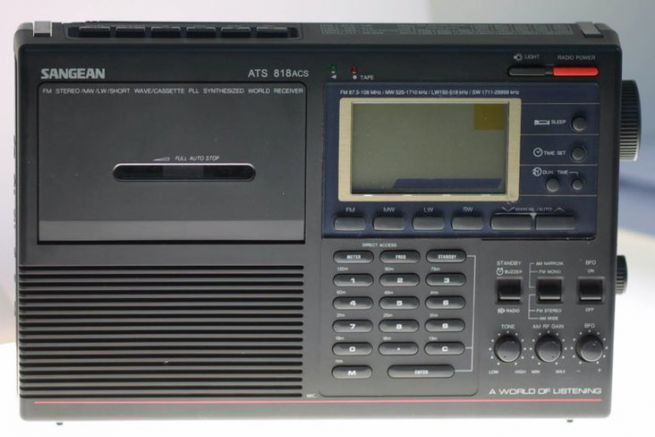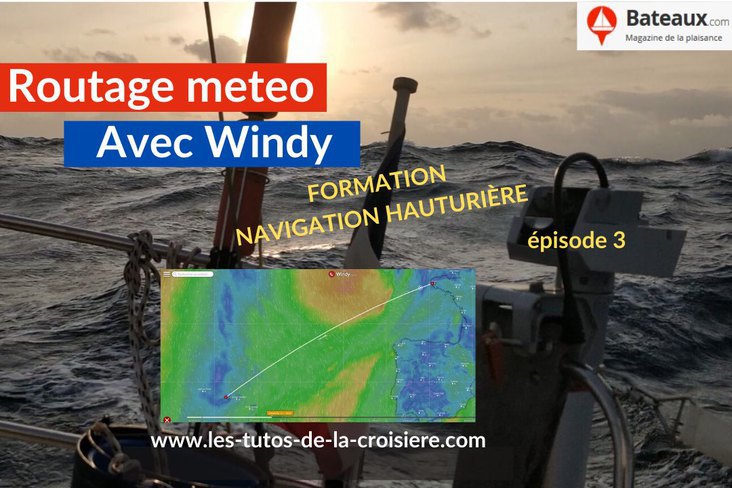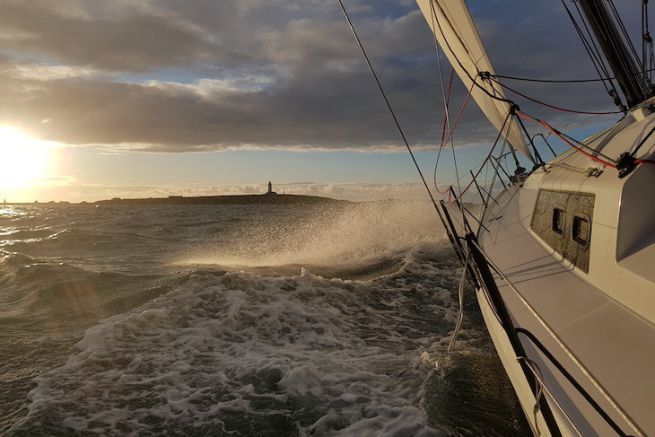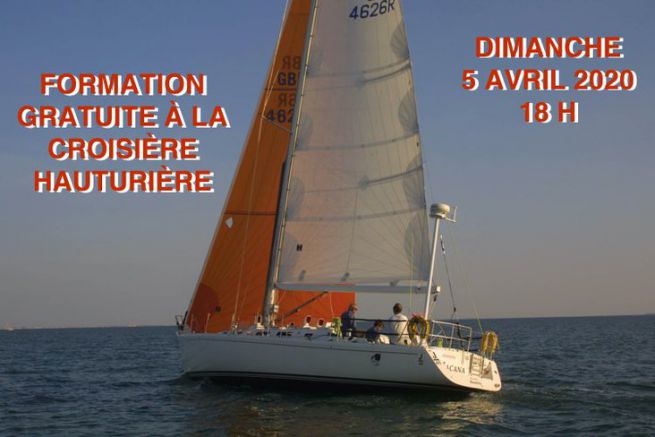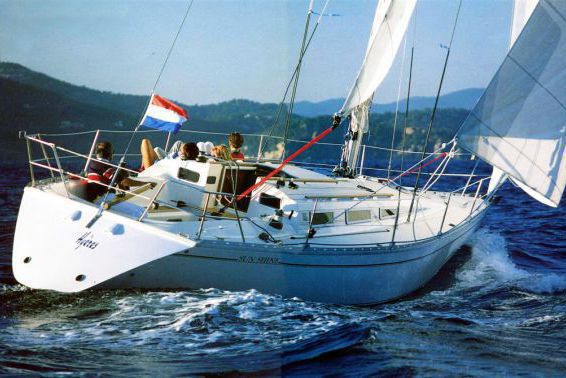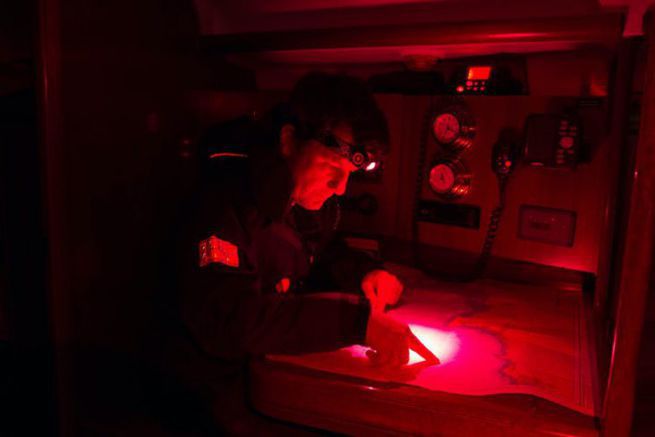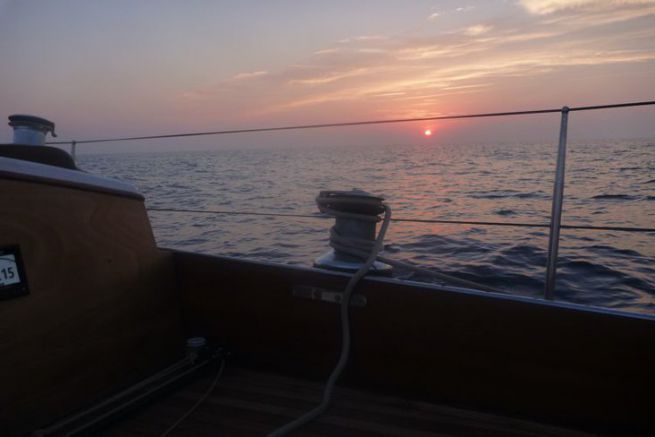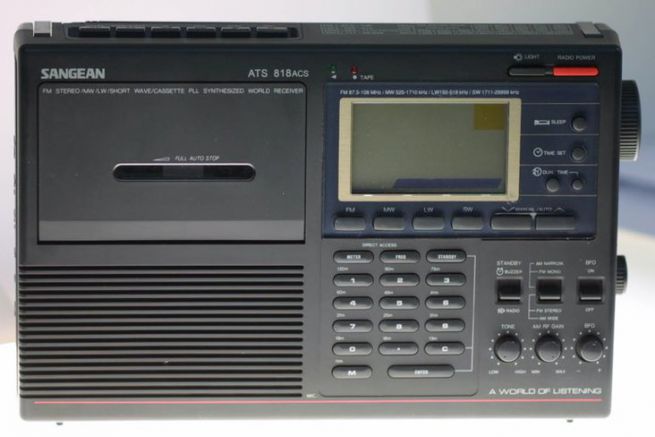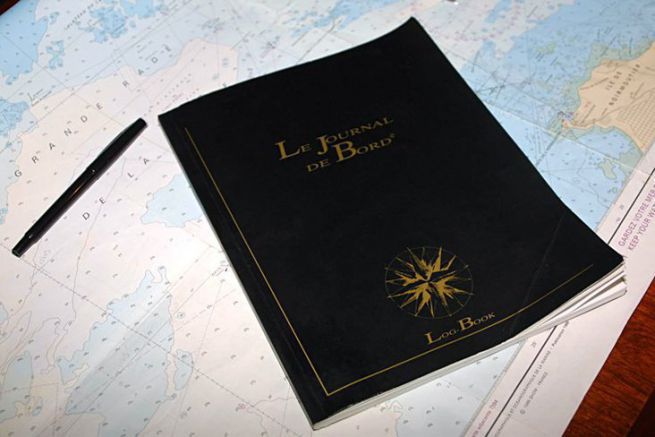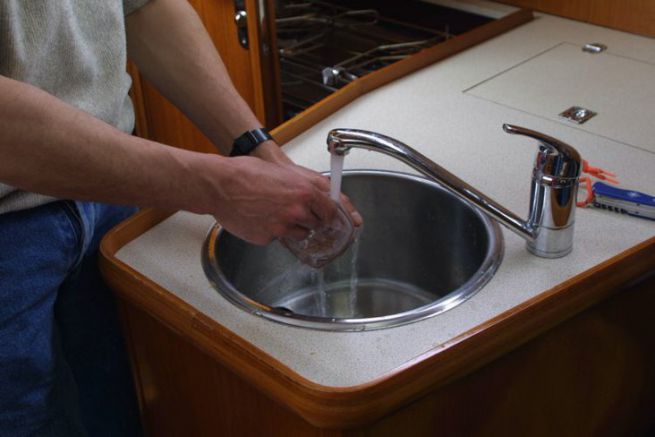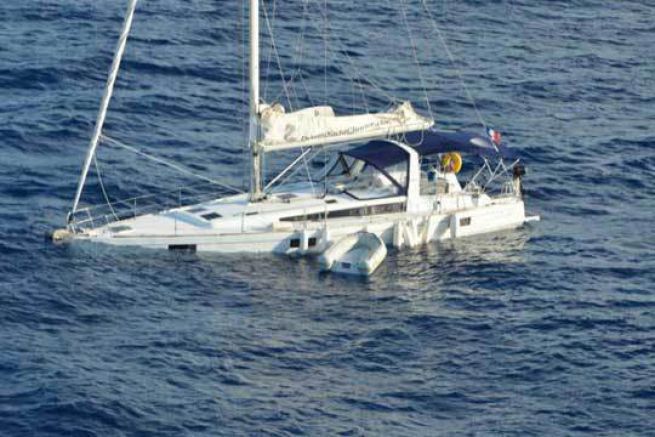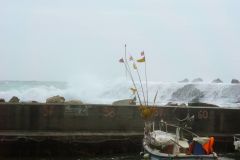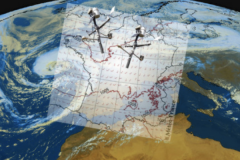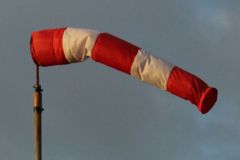On the fourth day of the crossing, Suhaili's crew got used to it. Morning and evening, Kate turns on her PC to download the weather facsimiles. But how does she do it?
Division 240 requires offshore boaters to carry a "Weather Receiving Device". This can be a simple SSB receiver. When connected to a good antenna, this small unit is capable of transmitting Navtex and weather facsimiles from weather stations around the world to a laptop computer.
To decode these cards, it will be necessary to use a small decoding software such as Jvcomm32, Meteofax32 or SeaTTY. The SSB and the computer will be connected by a simple cable with a 2.5 mm jack at both ends, from the SSB's headphone socket to the PC's microphone socket.
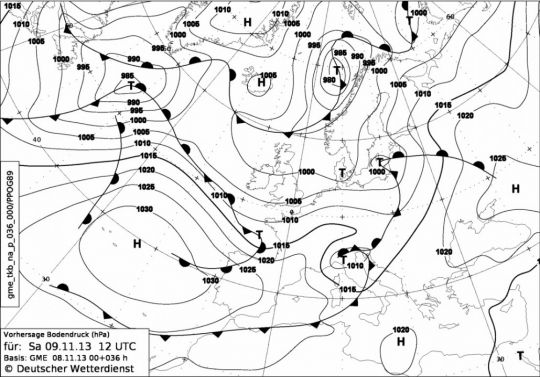
Of course this installation requires a charging device, such as a 12/220v converter for the computer. It will also be necessary to do some tests before departure in order to find the best arrangement of the antenna. Antennas are commercially available for these SSB stations. It is also possible to tension a cable from the masthead, keeping a distance of one metre from the backstay.
The first advantage of this device compared to a Navtex receiver is related to the range of the weather facsimiles, which is almost unlimited, whereas the Navtex only transmits at 300 or 400 miles depending on the coastal stations.
The second advantage of facsimiles is that they cover the entire North Atlantic and offer wind and pressure forecasts for up to 48 hours. The Navtex doesn't give him forecasts beyond 24 hours.
If you make disappointing attempts from the port or your home, be aware that offshore reception is generally much better.
